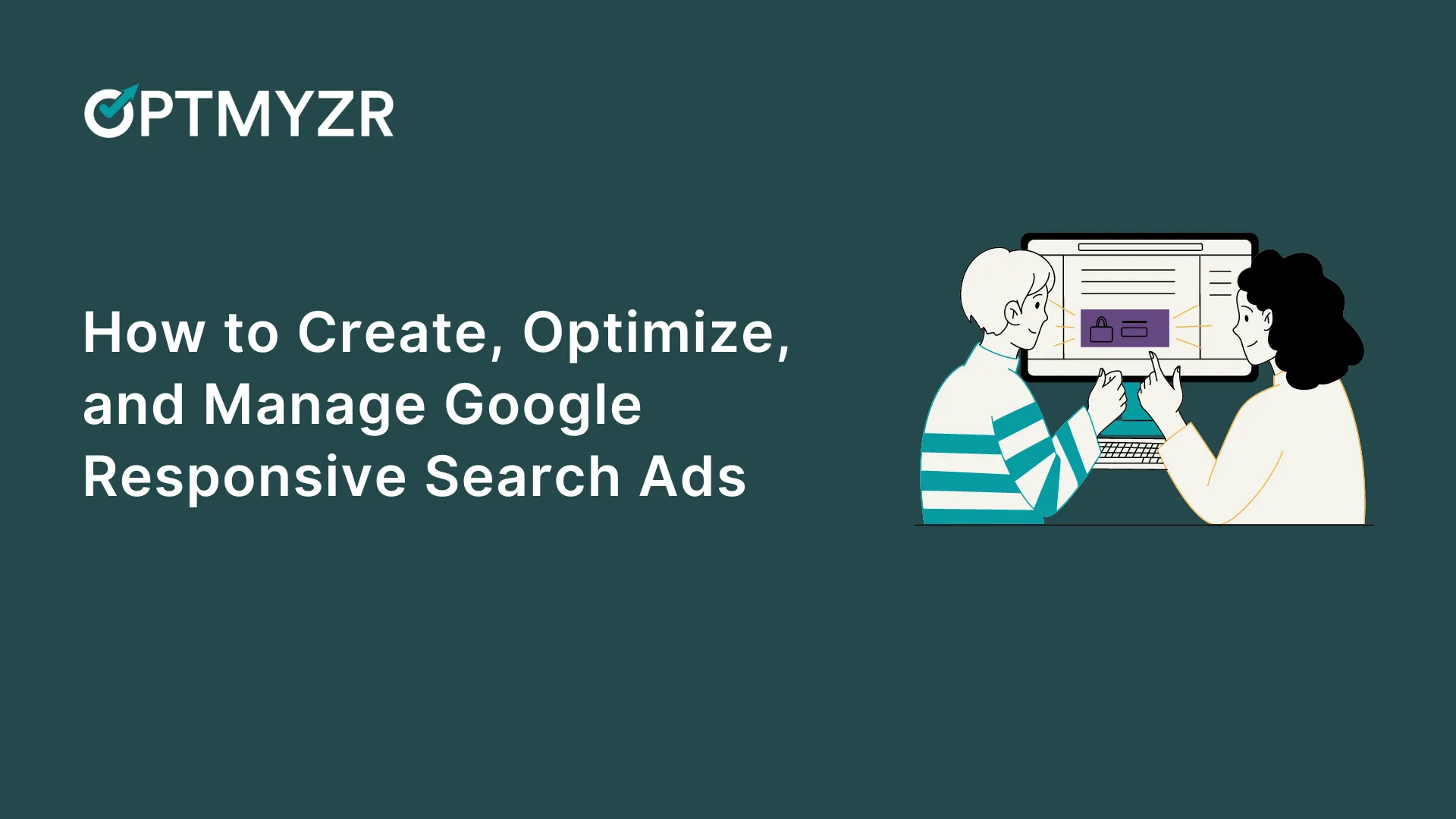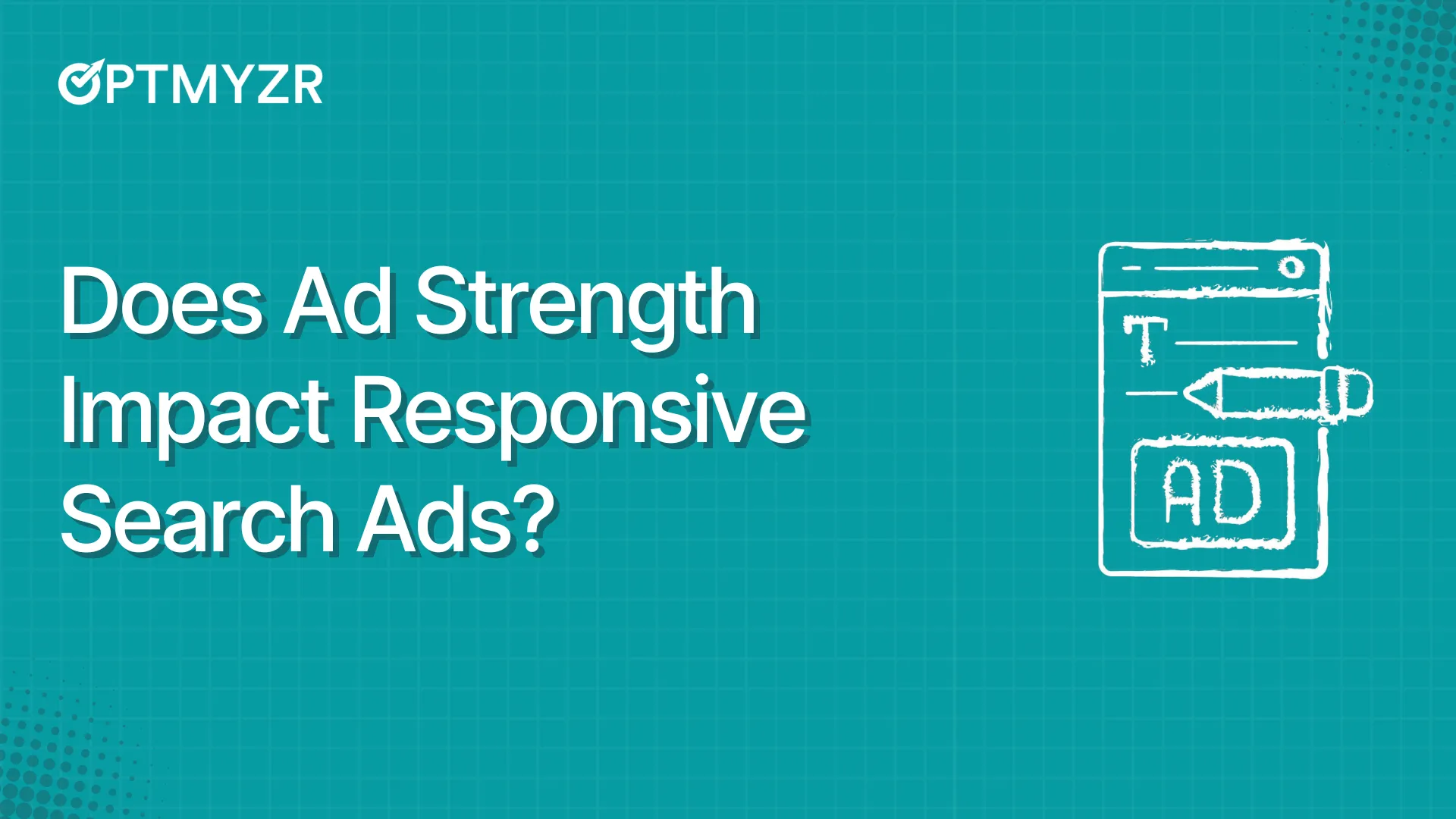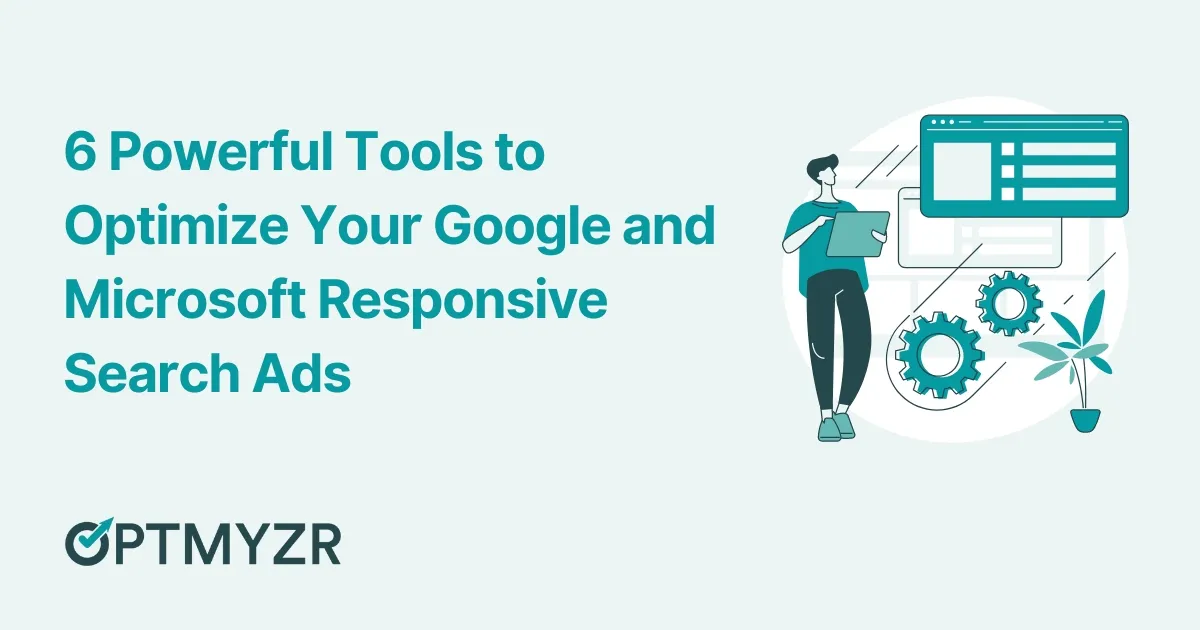You never want an ad in your account that’s below par, but underperforming Responsive Search Ads (RSAs) might be doing more harm than you realize.
Given the nature of the Responsive Search Ad, there’s a high chance of creating even more dissonance than you would with a poorly written legacy text ad.
With up to 3 headlines and 2 descriptions, a poorly written text ad can be confusing enough. But when you factor in 15 headlines and 4 descriptions, a Responsive Search Ad built on weak ad text will underperform at an even larger scale.
So how do you fix or optimize underperforming Responsive Search Ads?
How to create a good Responsive Search Ad?
Writing a solid Responsive Search Ad involves a bit more work and creativity than your typical text ad. The fact that Google can combine your headlines and descriptions in any number of ways means every element needs to be able to stand alone, while also fitting with any other elements that Google chooses to pair it with.
Some of our recommendations to write Responsive Search Ads that are likely to perform better:
Add as much text as possible. Responsive Search Ads require a minimum of 3 headlines and 2 descriptions, but going with the bare minimum defeats the purpose of this ad type. We suggest getting in as many of the 15 headlines as possible, along with all 4 descriptions.
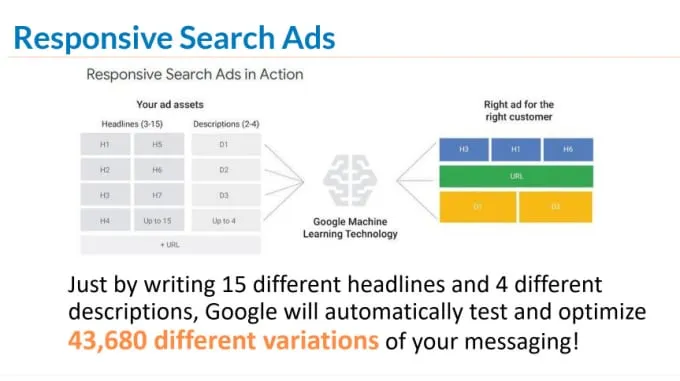
We carried out a study in 2022 on RSA performance by covering over 13,671 randomly chosen Optmyzr user accounts and answered questions like:
- Is RSA usage as common among advertisers as one thinks?
- How does RSA performance compare to that of ETAs?
- What effect do pinned headlines/descriptions have on performance?
We’ve presented the results by category so you can quickly find what’s most relevant to your goals.
One of our observations was we found that RSAs drive 4x of the impressions of a typical Expanded Text Ad (ETA).
This means that even with a slightly lower conversion rate, this 400% lift in impressions nets a lot of incremental conversions that should make advertisers very happy.
Read the full study here.
- Balance your copy. With 15 headlines, you shouldn’t repeat any of your value propositions or calls to action. And while it’s important to include your keywords, consider writing a few headlines without them to break any potential monotony. Lastly, be sure to vary the length of your headlines and make sure they can all work together.
- Run one Responsive Search Ad per ad group. Your ad is essentially competing against itself — headline vs. headline, description vs. description. Putting multiple Responsive Search Ads in one ad group is overkill and will dilute your results to the point that you might not see statistically significant results.
How can I improve my ad strength?
Despite even the savviest advertiser’s best efforts, you sometimes end up with one or more underperforming Responsive Search Ads that need to be fixed. Fortunately, improving the ad strength of a Responsive Search Ad is quite straightforward.
Google has identified 8 common issues and provided recommendations on how to resolve them to improve ad strength:
- Missing ad group: Assign your ad to an ad group.
- Missing keywords in an ad group: Add keywords to your ad group. Your responsive search ad won’t serve without keywords.
- Final URL is missing: Add a final URL to your ad.
- Headlines/Descriptions are too similar: Approach your headlines and descriptions differently, and emphasize new aspects of what you’re selling or the different customers you’re appealing to. Adding more unique headlines and descriptions can increase your chances for better performance.
- Headlines/Descriptions are too short: Provide enough details to catch the attention of your target customers.
- Add popular keywords to your headlines: Try including text from your keywords that serve most often in your ad group to your headlines.
- Add more keywords to your descriptions: Try including more keywords in your descriptions to improve the performance of your ads.
- Pinning: Pinning reduces the overall number of headlines or descriptions that can be shown. If you unpin or pin multiple headlines or descriptions to each position, you will have more headlines or descriptions than are able to be shown.
We’ll add a ninth recommendation: Write highly relevant ad text that matches the search intent of your ad group. For example, there’s little to be gained from pushing an upper-funnel audience to make a purchase when they’re just starting to look for a product or solution.
But beyond that, really understand the people you’re targeting and why they make the searches they do. As we move to more automated ad platforms, we can’t always rely on targeting an individual for the actions they take online. Getting your personas right from a psychological level will be critical.
While these might seem like Day 1 marketing lessons, it’s important to remember that the fundamentals of advertising always apply (perhaps now more than ever), and that includes aligning all your channels with a singular strategy.
However, once you’ve got a good baseline ad, forget ad strength because while it reflects what has worked well for the masses in the past, it doesn’t care about what works for you. An advertiser whose ad with ‘poor’ ad strength starts to perform very well will still be labeled as ‘poor’.
Related: Ad Strength for Responsive Search Ads: What Is It & Why You Shouldn’t Worry About It
Auditing the ad strength of Responsive Search Ads in Optmyzr
Optmyzr’s Rule Engine is a great way to perform quick optimizations and audits. It uses conditional logic to trigger certain actions when one or more conditions are met. And our pre-built strategies help you find underperforming Responsive Search Ads across an account.
When you have hundreds or even thousands of ads and ad groups, as is the case with larger accounts and agencies that have a wide book of business, it’s not practical to manually identify which RSAs are strong and which ones are weak.
In this case, the conditions look for RSAs that have poor ad strength, and no conversions, but clicks and impressions. The action is to include said RSAs in a report and apply a label.
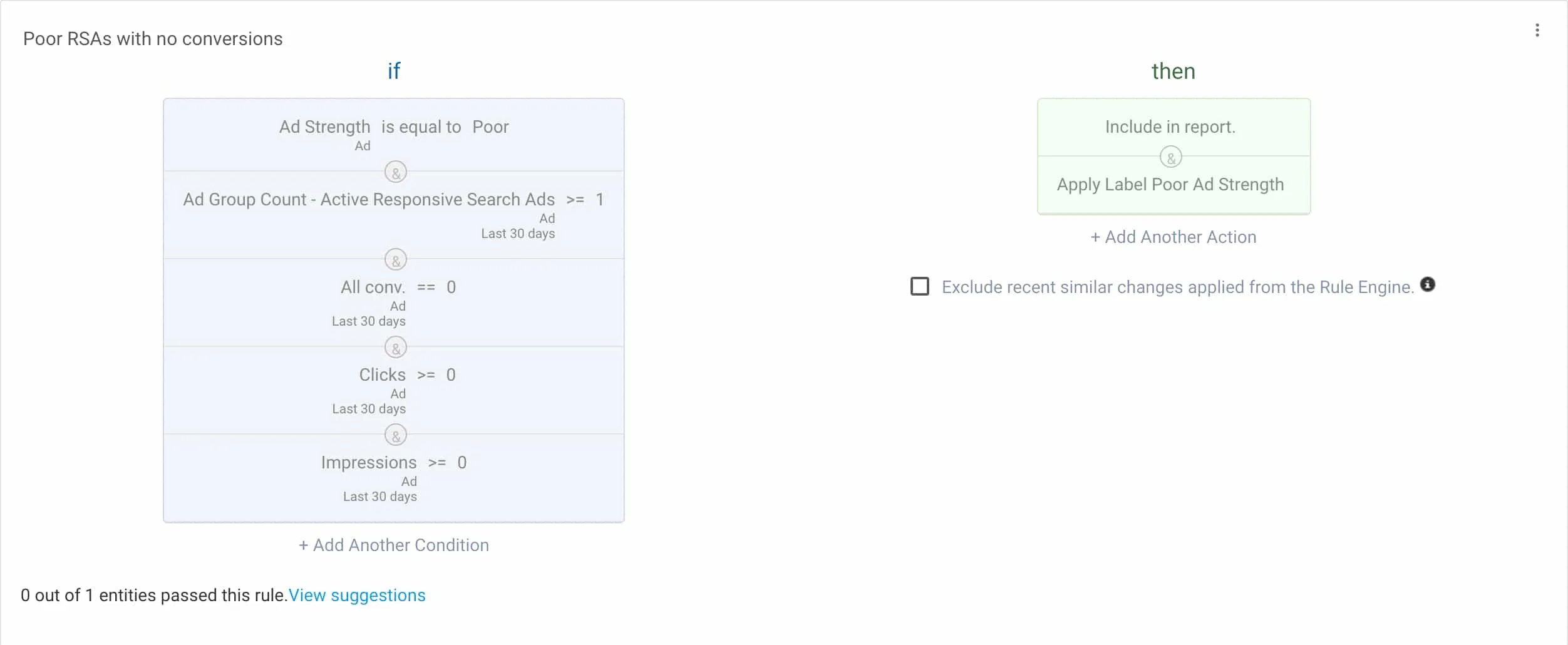
Should this group of conditions go unmet, the strategy will then look for RSAs with average ad strength, add it to your report, and apply another label. The contingencies continue for RSAs with good, excellent, and pending ad strength — though none of these apply a label.
Responsive Search Ads with poor or average ad strength that gather clicks and impressions yet fail to register conversions indicate problems that go beyond your ad text. While the ad itself may or may not be interesting enough to click on, the post-click experience clearly isn’t fulfilling either.
How to fix underperforming Responsive Search Ads in Optmyzr
Once you know which ad groups have Responsive Search Ads that need work, there are several tools in Optmyzr that can help you quickly and easily improve the situation. Here are three that we see our customers use frequently to create better ad experiences.
Ad Text Optimization
This optimization tool helps you identify the high-performing ad text components in your account. Sort by metric to see what’s working and what isn’t, modify or edit text in bulk, and create new ads while pausing the old ones. While we’re working on adding RSA support to this tool, it can still be used to find strong pieces of ad text to add to underperforming RSAs.
A/B Testing for Ads
Once you make changes to ad text, visit the A/B Testing for Ads tool to see ads by performance breakdown. Here you can filter by ad type to see only Responsive Search Ads and create new ads. Modify headlines and descriptions, then run more tests.
Landing Page Analysis
In addition to underperforming Responsive Search Ads, your ad group may be suffering from a weak landing page experience. This insight tool lets you see your landing pages segmented as high performers, high potential, expensive, and other.
Match ad text with search intent
Responsive Search Ads are just like any other machine learning feature in Google Ads. Used the right way and with the right information fed into them, they can be an asset that helps you test ad text faster than usual. But put weak ad text in, and you’ll get weak results back.
That’s why it’s vital to keep the basics in mind. Know the mindset of the people you’re advertising to, match ad text with the search intent of your ad group, and don’t be afraid to change your approach if your initial tests don’t deliver the numbers you’d hoped for.
Fortunately, a third-party tool like Optmyzr makes it quick and easy to find which Responsive Search Ads are underperforming, identify ad text components that can improve ad strength, and see the results of your new and improved Responsive Search Ads.
With the time you save, you’ll be able to service more accounts with no added effort and spend more time on the strategy behind the advertising. That makes you and your team more valuable to the businesses and brands you work with.
And if you want to start optimizing your Responsive Search Ads right away using Optmyzr, take a 14-day free trial now.
This article was originally written on Jun 03, 2021. It has been updated on April 6, 2023.







